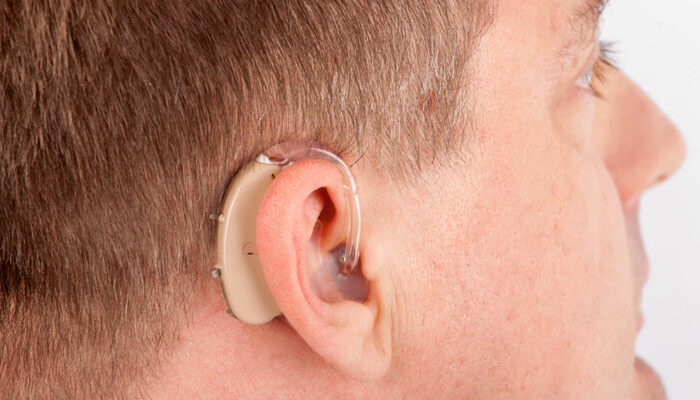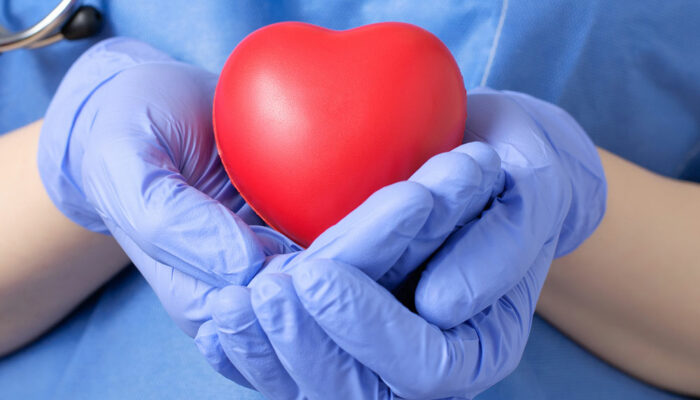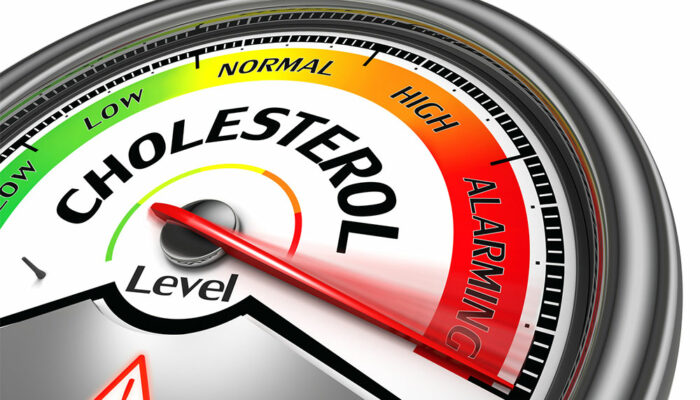
5 key features you need to look for when buying a hearing aid
With a variety of feature-loaded hearing aids in the market, choosing the best one has undoubtedly become difficult. But before choosing the right product, knowing the nature of hearing loss and its severity may be helpful. One can also take help from his or her audiologist or hearing aid specialist to guide them through all the critical considerations. So, here are some essential features to look for when shopping for a hearing aid. Style Hearing aid comes in many different styles, such as behind-the-ear, in-the-canal, in-the-ear, and others. When buying a particular type, one must consider the ease-of-use, functionality, and budget. It’s also imperative that one selects a hearing aid that fits appropriately. It’s good to speak with a hearing professional, as they can help further understand what more one needs to consider when selecting a specific aid. Directional microphones This is a significant feature to look for in a hearing aid, as it allows to converse correctly in noisy surroundings. Directional microphones amplify people’s voices and diminish the noise from the rear or sides. They work the best when the person with a hearing aid is closer to the sound source. Generally, hearing aids with the mentioned feature come with the ability to switch between directional and omnidirectional settings automatically, depending on the surrounding.
Read More 















